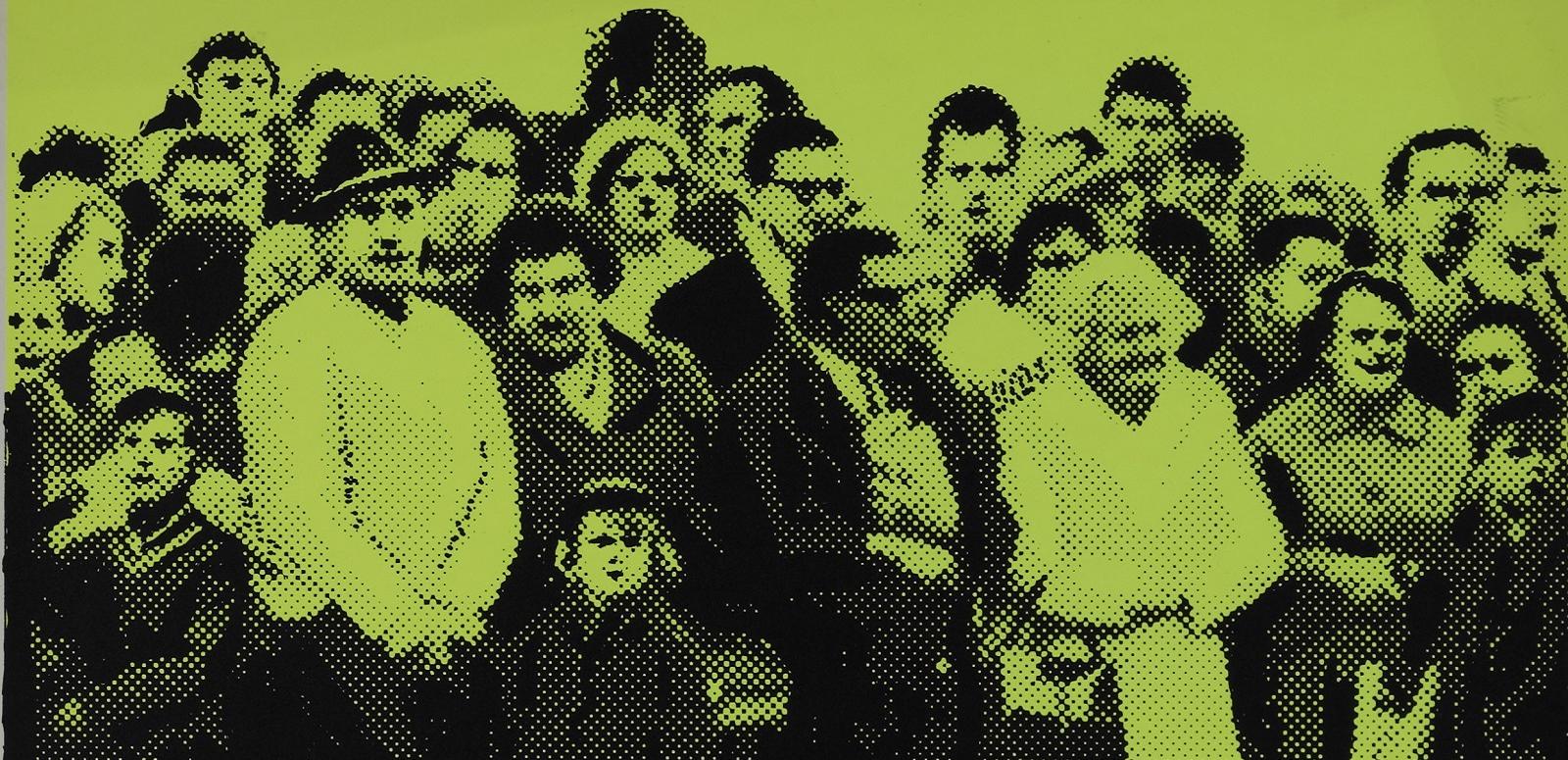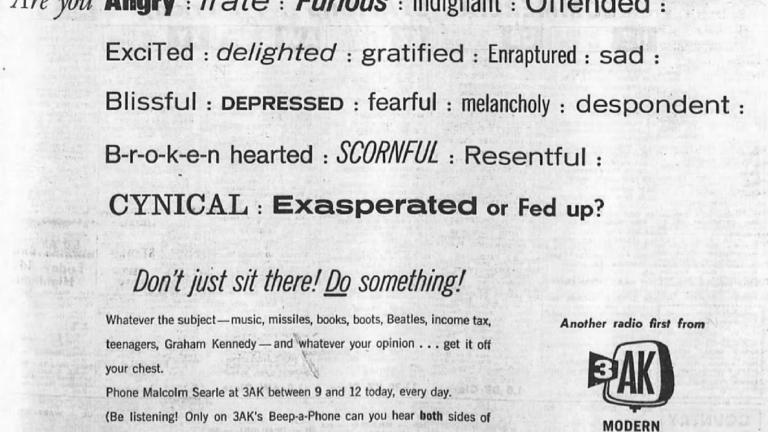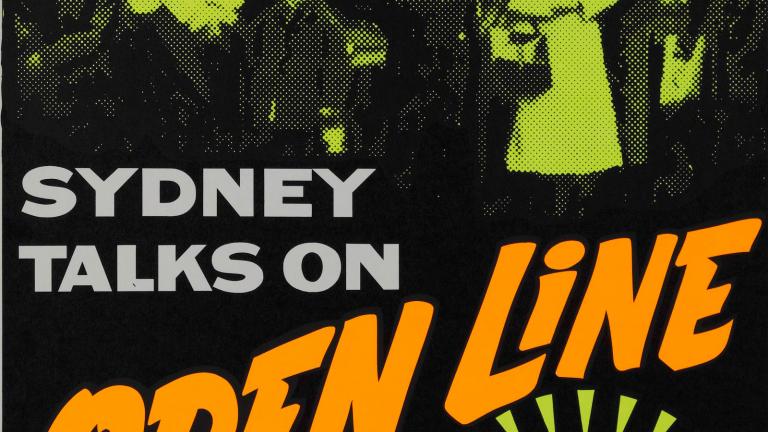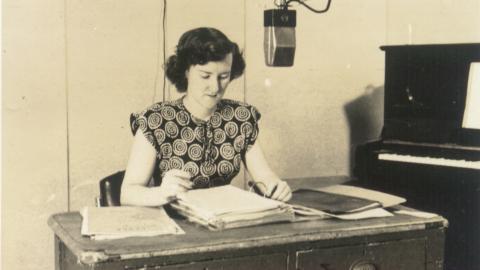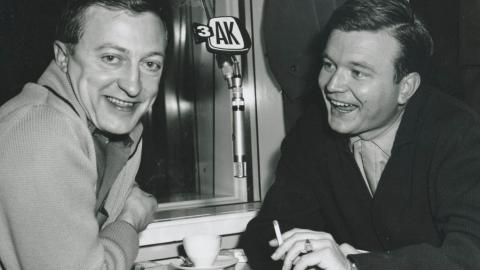Did you know that until 17 April 1967, talkback radio was illegal? It wasn't until then that listeners first enjoyed the possibility of discussing any topic - from 'music, missiles, books, boots, Beatles, income tax, teenagers, Graham Kennedy' - on air!

